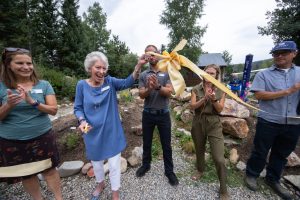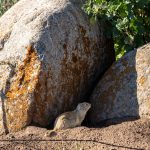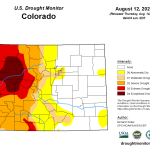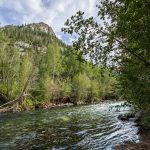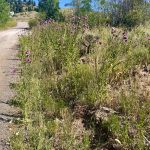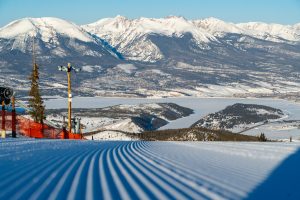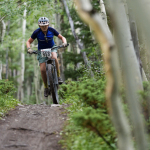New demonstration garden spotlights low-water native plants in Breckenridge

High Country Conservation Center/Courtesy image
The Summit County Garden Club held a ribbon cutting Thursday, Aug. 14, for the newest addition to its Breckenridge Alpine Garden — a low-water, native plan berm.
High Country Conservation Center partnered with the club for the new berm, and community programs director Heather Allen called the project a “demonstration garden” that shows residents how having native plants on their properties can conserve water.
“We want to educate the community on how beautiful switching to native plants can be,” Allen said. “While we are so excited to have this beautiful garden in Breck for visitors and residents to enjoy, we’re even more excited on the education piece.”
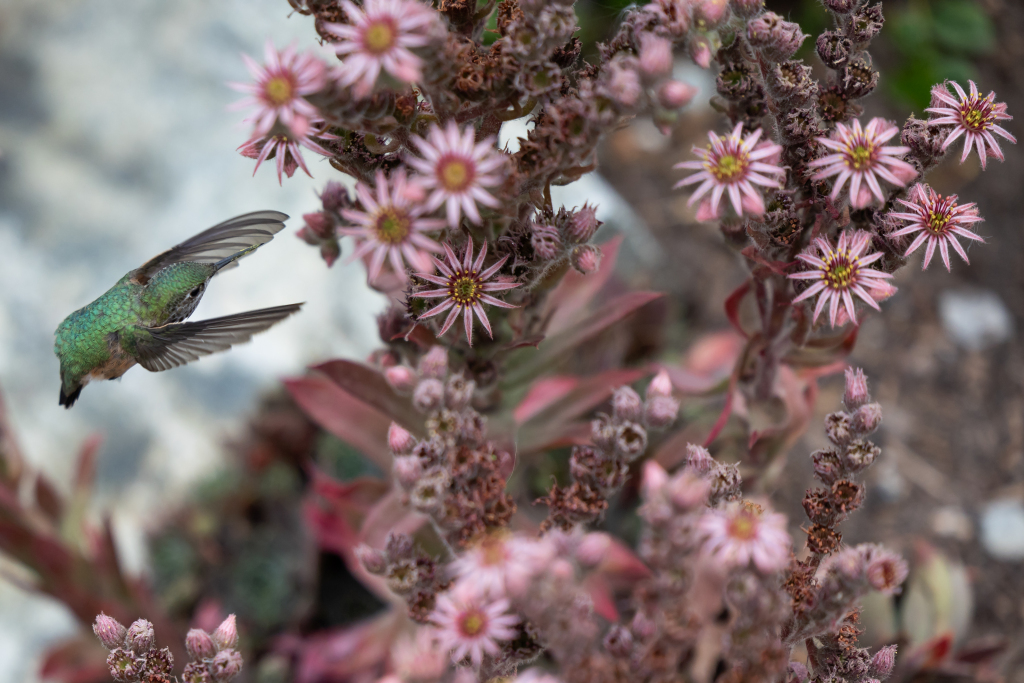
Club president Alicia Dunn said the group started talking about redoing the garden’s second berm last year. The conservation center got involved early on and secured grant funding from a private donor for the project. The groups used the money to hire a landscape designer, buy plants and update the club’s website.
“The stipulation for the second berm is that it had to be all Rocky Mountain native plants,” Dunn said.
Having only native plants means the berm’s residents are all low water-usage plants that are pollinator friendly and adapted to survive at high altitude, Dunn said.
The town of Breckenridge did the excavation work to prepare the berm, Dunn said. The garden club has had a “wonderful working relationship” with the town and conservation center, which has resulted in a native plant berm that benefits visitors and residents, she added.
“it’s just a bit of serenity and natural beauty,” Dunn said. “The fact that it is also a demonstration garden — it provides education, and I think it’s just a win-win.”
Allen said the center hopes residents visiting the garden get the message that, while green grass may be nice, a yard of native plants can be even more attractive and water efficient.
“The water savings are huge, because once those plants are established … they are designed to live at this climate,” Allen said. “They’ll just essentially thrive and be beautiful without having to water every day.”
Dunn said all the plants in the native garden are perennials, meaning they return year after year without needing to be replanted. The garden has QR codes visitors can scan to learn more information, and Allen said more signs will be added soon.
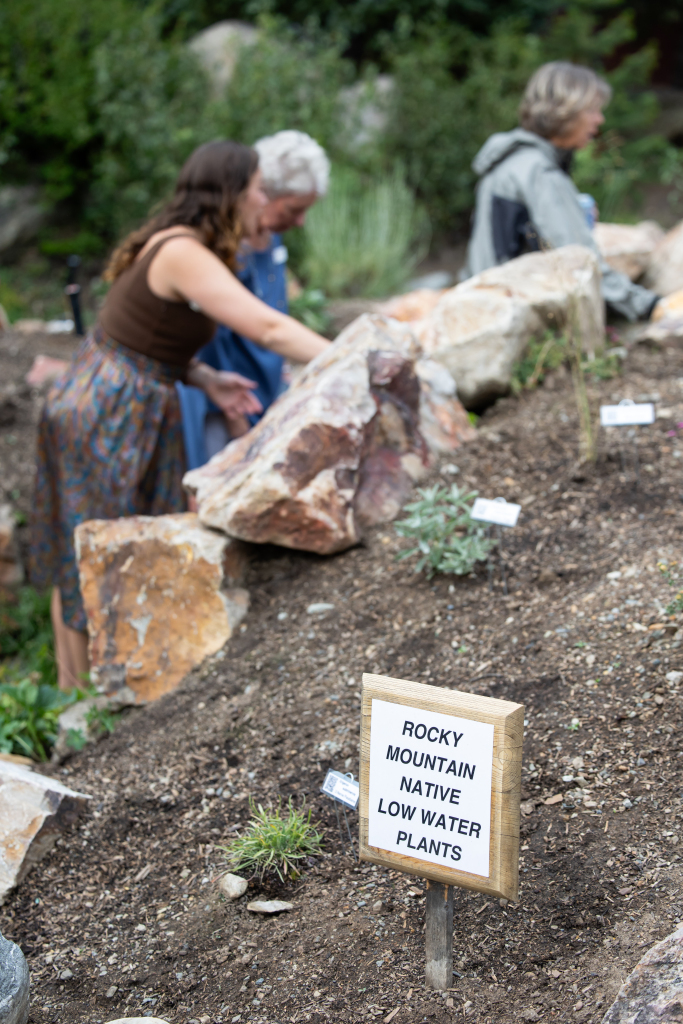
The berm features native columbine, which are the Colorado state flower; blue flax; penstemons; Gaillardia, or blanket flower; prairie smoke, or old man’s whiskers; and bushes including serviceberry and rabbitbrush, Dunn said.
The berm’s design takes plant height and location into account, Dunn said, as well as what time of year plants bloom. It features early, mid and late-summer blooming plants.
“That’s how the natural world is set up,” Dunn said. “That is to help benefit the pollinators — the bees, the hummingbirds, the other insects that help with the pollenization of plants.”
Allen said the conservation center’s website has a page with information about transitioning lawns from grass to native plant gardens, including a design layout and how to plant for high or low sun.
The center is developing a countywide turf replacement program using money from a Colorado Water Conservation Board grant. Allen said the program will help community members transition from nonessential to native grasses and improve their irrigation systems.
“We want to help — and we have money to help — our community make their yards more water efficient,” Allen said. “Part of that’s by reducing waste through irrigation upgrades and reducing need by transitioning their lawns.”
Allen said the size and complexity of the native plant berm project, and the fact summer had already started when planning for the berm did in 2024, meant the process took a year to complete. Residents looking to transition their yards, though, could do it in less time.
The berm will continue to grow in the future, Dunn said. With perennials planted, the project is not a one-year exhibition, and Dunn said the club will keep adding plants to it in the future. Plants have come from nurseries in the high country and Front Range, as well as club members’ personal gardens.
“We will continue to add to the garden, maintain the garden, and just literally watch it grow,” Dunn said.

Support Local Journalism

Support Local Journalism
As a Summit Daily News reader, you make our work possible.
Summit Daily is embarking on a multiyear project to digitize its archives going back to 1989 and make them available to the public in partnership with the Colorado Historic Newspapers Collection. The full project is expected to cost about $165,000. All donations made in 2023 will go directly toward this project.
Every contribution, no matter the size, will make a difference.

